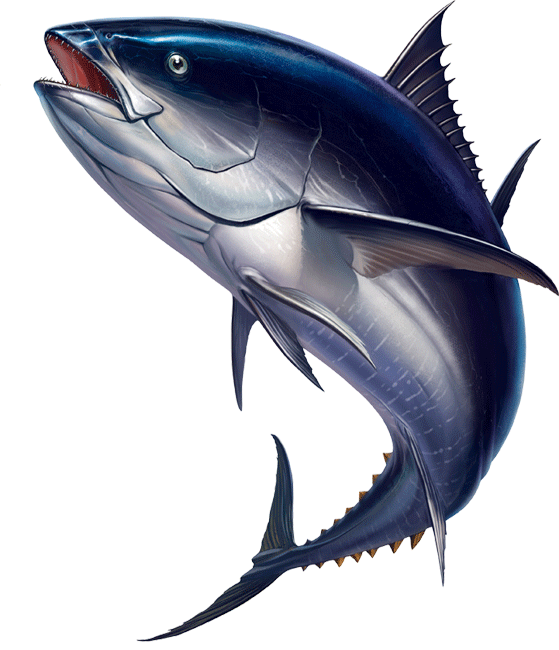
Our company, Teraoka Keikichi Shoten Co., Ltd., manufactures and sells "kakuni" made with locally caught Yaizu tuna in Yaizu, located in central Shizuoka Prefecture.
Our city, Yaizu, is known as one of Japan's leading "fish towns" and has developed as a major base for Japan's fishing industry since ancient times. Today, it is still a major base for the deep-sea fishing and seafood processing industries.
The fishing ports in Yaizu include Yaizu Port, where tuna and bonito are landed, and Ogawa Port, where fresh coastal fish, mainly mackerel and sardines, are landed.
It is one of only 13 designated Type 3 fishing ports in the country, and boasts one of the largest catches in Japan.
Originally, as the name suggests, the making of tsukudani is said to have started in the Edo period(16th century) in what is now Tsukudajima, Chuo Ward, Tokyo. At that time, it was an industry that processed small fish such as locusts, shrimp, clams, and kelp. Later, sesame, perilla, and locusts were also used.
What is it "Yaizu Tsukudani"?
Our company started in 1915 as a fish peddler who went around town pushing a cart around the city.
The founder Keikichi Teraoka, for whom the company is named, was working as a peddler when he saw the mountains of bonito and tuna that were landed in abundance at Yaizu Port. He thought it would be possible to use fresh fish as a preserved food that would last for a long time, and after much effort with my friends, I came up with the method of making tsukudani.
However, unlike the small fish of Tsukudajima, tuna and bonito are large, so if you just boil the fish as it is, it will fall apart. So, he came up with the idea of simmering boiled and smoked tuna called "namaribushi" (smoked tuna) with soy sauce and sugar. [Yaizu Tsukudani] is the result of repeated trial and error. This is the traditional method of making bonito and tuna tsukudani that has been passed down in Yaizu. There are documents that say it took several years to complete. (From Yaizu Fisheries History)
Although the purpose of this manufacturing method was to prevent the fish body from collapsing, it actually produces unexpected by-products. By using the "namari-bushi" method, the faint smoky aroma that comes from smoking also creates a unique flavor, which also adds a new flavor to tsukudani.
This tsukudani of bonito and tuna that Teraoka Keikichi and others came up with quickly became popular in the port town.
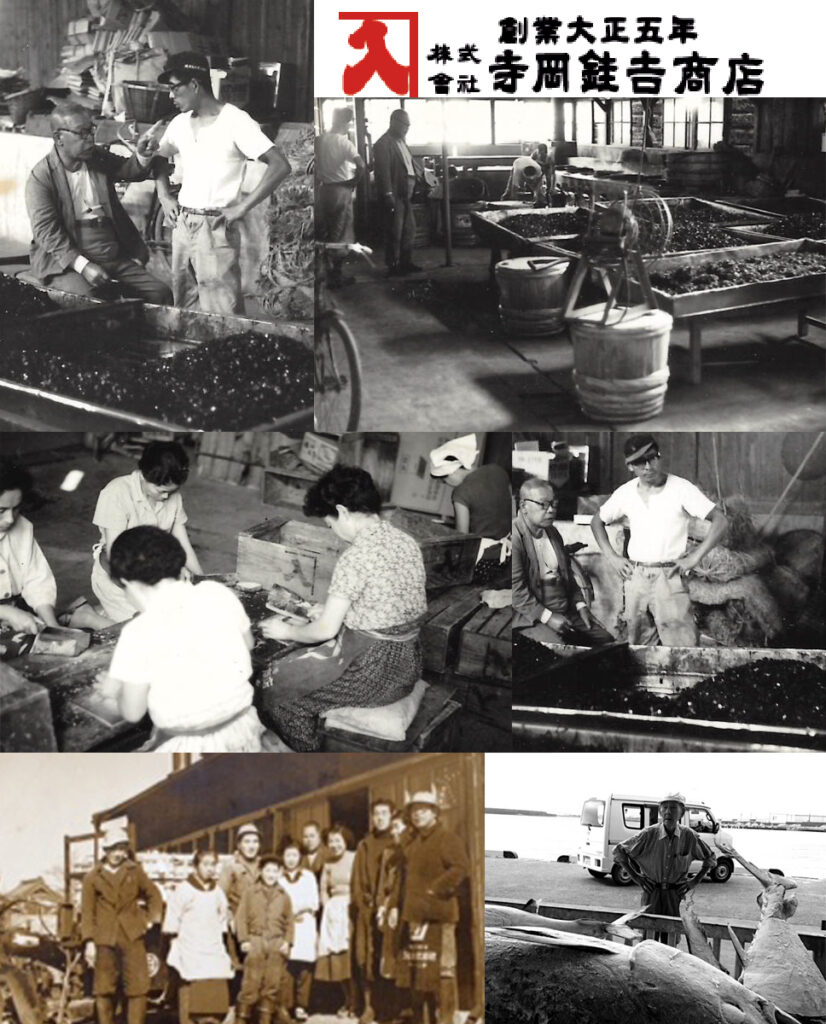
Tuna is the most popular fish used as an ingredient in popular Japanese cuisine such as sushi and sashimi.
However, sushi and sashimi are sold for their freshness, and cannot be taken overseas as souvenirs.
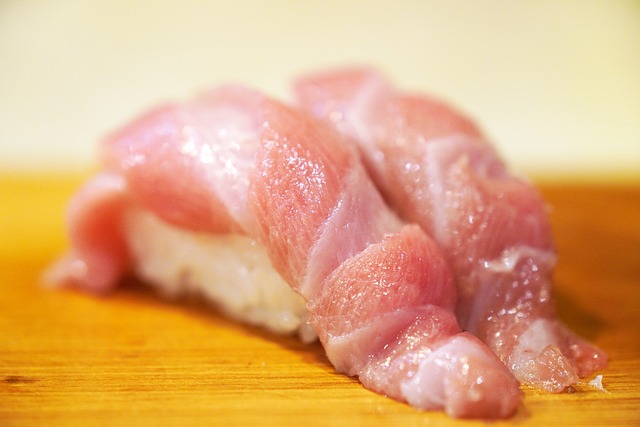
Sushi Maguro
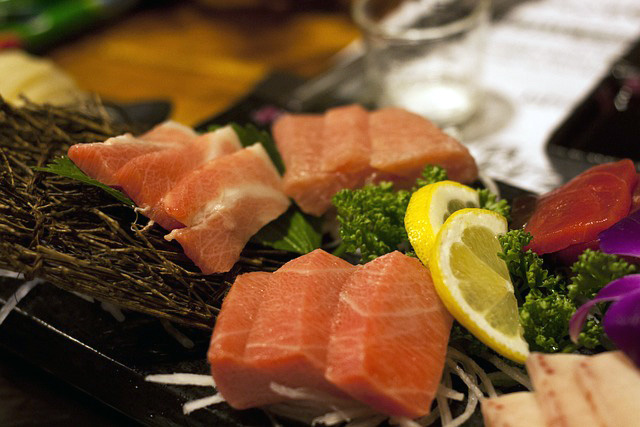
Sashimi
However, our tuna tsukudani [Tosa-ni] and [Nure Kakuni], which have won the Minister of Agriculture, Forestry and Fisheries Award, can be stored for a long time at room temperature for three months, making them suitable as gifts or souvenirs.
Please try tsukudani, which is a representative of Japanese food culture, on your table in your own country.

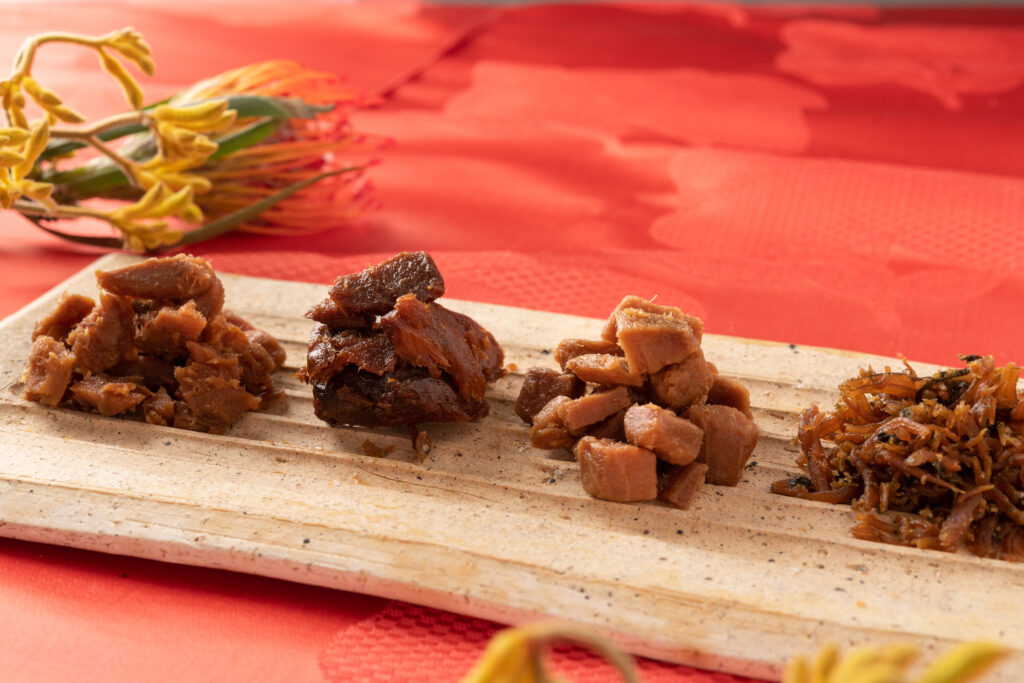
Please contact me via email for more information.

I am the fourth generation CEO Mai
